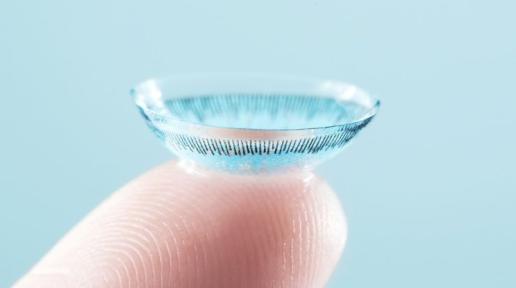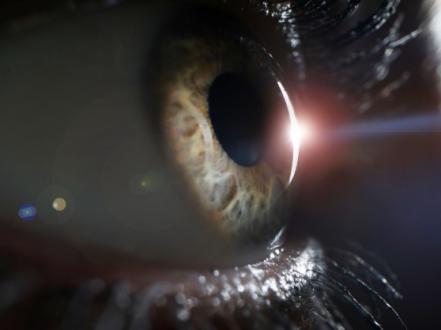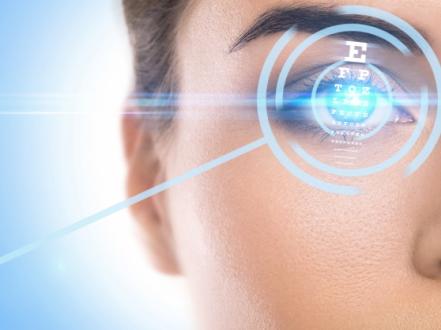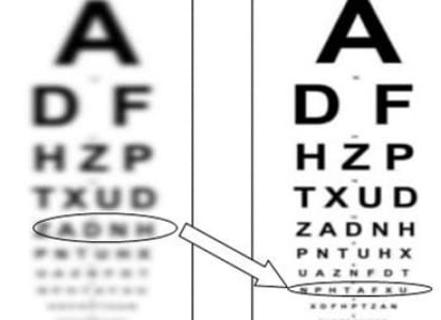Blinking is the farthest thing from our conscious minds, but we do it 15 to 20 times a minute without thinking about it. This is all-important, unconscious behavior that we hardly notice, and it is instrumental in keeping the eyes healthy and vision acute. Since we increasingly spend time staring at screens, either on computers or telephones, the importance of blinking cannot be overlooked.
So why is blinking important? Aside from being a built-in reflex, blinking keeps the eye surface healthy, nourishes the cornea, and provides prolonged eye protection from dust and irritants.
Why Is Blinking Important for Healthy Vision?
At the heart of the question — why is blinking important — is a sophisticated interaction of biological processes that are critical to the eye and vision health.
Each blink spreads a fresh coat of tear film over your cornea, your eye's transparent outer layer. It lubricates your eye, provides essential nutrients, and prevents the surface from drying out or becoming abraded. Dirt and tiny irritants are swept away in a single blink, making your view area clean and comfortable.
And so, how often do we blink per minute? On average, a person blinks 15 to 20 times in sixty seconds. But with research, this rate significantly drops to a mere 5 to 7 blinks a minute when using screens. This reduction is due to an eye condition called blinking and computer vision syndrome, where symptoms such as dry eyes, blurred vision, and headaches are noted due to prolonged use of devices.
Apparently, why blinking is so vital for eye health is a profound question: it is one of the most natural and effective systems for providing moisture, clarity, and comfort for the eyes.
Importance of Blinking in a Digital World
In this age of hyper-connectivity, we are more exposed to screens than ever. This has a direct influence on how often and how much we blink. When focused on digital information, specifically reading or game playing, blinking is dramatically cut down, and so is the quality of every blink.
This disturbance of the usual blink cycle results in tear film evaporation and dryness of the eyes. Over time, it can develop into more serious conditions such as blinking and dry eye syndrome, characterized by discomfort, inflammation, and even corneal surface damage.
And therefore, how much blinking is so important in an age of computers cannot be overestimated. Enabling intentional, complete blinking while looking at screens can increase visual comfort and reduce strain by a great deal. Simply taking blink sessions or following the 20-20-20 rule (every 20 minutes, look at something 20 feet away for 20 seconds) can preserve eye health.
Blinking Problems: From Dry Eyes to Excessive Movement
When blinking becomes irregular — either too infrequent or too frequent — it can create visible symptoms. Those who blink less frequently than normal might experience dryness, redness, irritation, and even occasional blurred vision. These are classic signs of dry eye syndrome, a situation exacerbated by air conditioning, dry air, or prolonged screen time.
But what if it's too severe or insistent blinking? You might ask, What causes excessive blinking? Anything from dry eye syndrome discomfort to more complex neurological or ocular surface irritations can be the cause. In youngsters, sometimes it might be for vision abnormalities, allergy, or even psychological distress.
Blinking is also a controlling process in tear secretion. When one works in dry, humid-competitive atmospheres, like in dusty workplaces or buses and trains, the eye will reflexively raise the rate of blinking to assist in maintaining the eyes in a moist state and removing irritants.
Natural Eye Protection Through Blinking
One of the lesser-known but highly beneficial purposes of blinking is that it functions as a natural protection. Your eyelids function like windshield wipers, sliding over the surface of the eye with each blink. It sweeps away tiny particles and keeps the eye from being contaminated — an innate eye protector against dirt and irritants.
When pondering why it is important to blink, reflect on each blink as a reset for your eyes, enabling them to moisten, clean, and rebalance.
Strategies to Prevent Screen-Induced Eye Strain
Digital technology can be integrated into daily life, but there are simple solutions to maintain blinking as an effective function and enhance eye well-being.
- Conscious blinking exercises: Blink slowly and thoroughly during screen use by pausing to blink. Blink 10 times every 20 minutes with awareness.
- Screen repositioning and illumination: Position screens a little below eye level and reduce glare with proper illumination.
- Practice 20-20-20: Every 20 minutes, look 20 feet away for 20 seconds to restore blinking rhythm.
Finally, apply artificial tears if necessary, especially if you have dry eye syndrome, and apply humidifiers in dry rooms and blink deliberately in air-conditioned rooms to reduce dry eye from screens.
These small habits can prevent your eyes from permanent damage as well as improve immediate comfort and focus.
Taking care of your blink habit, don't forget to keep an eye out for your overall eye health, especially as you age or if you're at risk for some cataract types. Protect your eyesight — one blink at a time.






